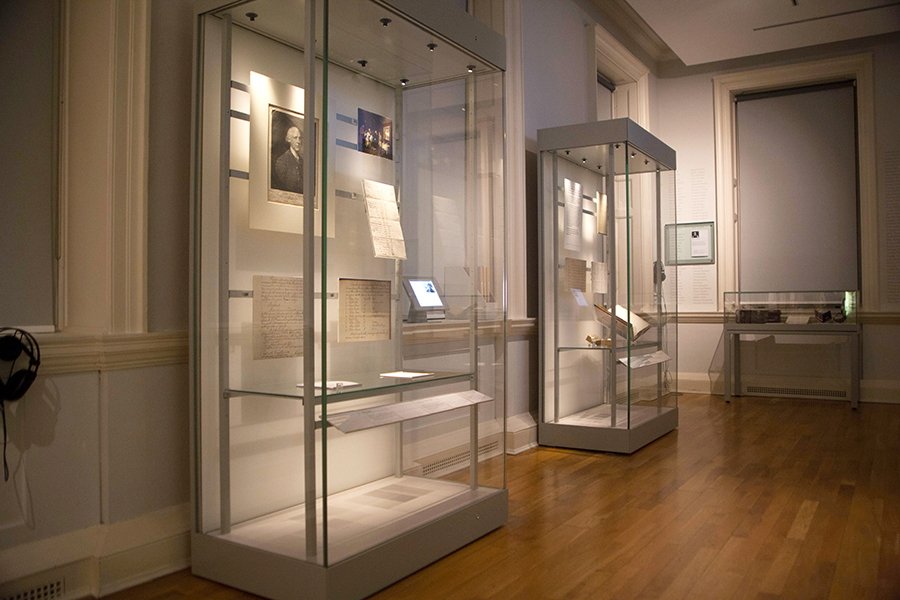Berwick Church HLF Paintings Appeal
2018 - 2019
St Michael & All Angels, Berwick
The paintings in Berwick church by Bloomsbury artists Duncan Grant, Vanessa Bell and Quentin Bell form the largest scheme by modern artists in an historic church in Britain. The 2018 appeal was launched to raise funds to undertake the urgent work of conservation, seventy-five years after they were dedicated during the Second World War, by Bishop Bell. The appeal will also highlight the vision of Bishop Bell who commissioned the decorative scheme to establish a living, creative relationship and understanding between contemporary arts and the church. Berwick church is a unique synergy between history, arts, faith and the environment and the appeal will make this more accessible to people, especially to disadvantaged and vulnerable individuals.
In my role as a consultant Outreach & Engagement Officer I established a new inclusive arts activity programme working with arts organisations such as Towner Art Gallery, Charleston House, Arts in Mind and local arts practitioners to help support members of the local community affected by mental health issues, addiction and suicide. This took inspiration from the themes that affected the Bloomsbury Arts group themselves. Working with charity’s such as Blind Veterans UK and drawing on the decorative scheme of war art, to open up conservations with people currently or formerly serving in the military and armed forces, inspired by the artists original desire to provide a space of solace and peace away from war. Berwick church has now received its second round funding for the project.
Ravilious & Co: The Pattern of Friendship
27 MAY — 17 SEP 2017
Towner Art Gallery, Eastbourne
Based on new research and telling a story that has never been told before, this exhibition of the artist and designer Eric Ravilious (1903-1942), coincides with the 75th anniversary of his death. It explores the significant relationships and working collaborations between Ravilious and an important group of friends and affiliates, including Paul and John Nash, Enid Marx, Barnett Freedman, Tirzah Garwood, Edward Bawden, Thomas Hennell, Douglas Percy Bliss, Peggy Angus, Helen Binyon, and Diana Low.
The exhibition includes many of Ravilious’ key works shown alongside both well-known and less seen works by his contemporaries, including work by each artist that has never before been exhibited publicly, and focuses chronologically on key moments when the work and careers of these artists coincided, overlapped or was particularly pertinent to the others, such as their time at the Royal College of Art, the 1927 St George’s exhibition, their time spent at Furlongs and Newhaven in Sussex, and their various roles in the Second World War.
The exhibition was accompanied by a dedicated programme of expert-led talks, walks and symposia, coordinated by Clare Bennett.
So That They May Be Usefull to Themselves
15 November 2016 — 07 May 2017
The Foundling Museum, London
This display in the Introductory Gallery explored the Foundling Hospital’s work with disabled children in the eighteenth and nineteenth centuries.
Records reveal the Hospital was ground-breaking in its approach to access, demonstrated by the education and care it gave to disabled children in its custody. In some cases this led to lifelong support, even into old age. From the beginning, the Hospital admitted children from a variety of different backgrounds and with varying abilities. In order to provide for and to develop children who had physical or learning difficulties the Governors devised different methods to ensure they had the best chance in life. A modern approach was applied; Hospital staff delivered financial, medical and educational care to remove barriers that might have disadvantaged the children. Concentrating on what they could achieve, rather than what they could not, helped children with disabilities to flourish and to become ‘usefull to themselves’.
Highlighting new research on this little-explored area, this display was inspired and curated by the Museum’s volunteers, led by Visitor Engagement Manager Clare Bennett and supported by the Visitor Engagement team.
Room To Play
17 February 2017
The Foundling Museum, London
Photographer Clare Bennett gives a talk on the role of playtime in institutional environments.
Inspired by Mark Neville’s project Child’s Play, explore the place of children in adult’s social occasions throughout the ages, through photography and the experiences of children growing up in the Foundling Hospital.
Brighton Photo Fringe Trainee Curators Award
2014
Brighton Photo Fringe
A monthly workshop-based mentorship awarded to Clare Bennett, Edwin Coomasaru and Ali Farmer.
Through research and development, the curatorial programme included selection of the OPEN14 winner exhibiting at The Regency Town House, and the shortlist exhibiting for OPEN14 Outdoor Exhibition, developing the theme and selecting the final exhibited work at Vantage Point, and selecting the winner for the Danny Wilson Memorial Award.
David Campany: Walker Evans, The Magazine Work
16 May — 16 June 2014
MOCAK - museum of Contemporary Art in Krakow
Krakow Photomonth Festival
Walker Evans was one of the most important and influential artists of the twentieth century, producing a body of photographs that continues to shape our understanding of the modern era. He worked in every genre and format, in black and white and in colour, but two passions were constant: literature and the printed page.
While his photographic books are among the most significant in the medium’s history, Evans’s more ephemeral pages remain largely unknown. In small avant-garde publications and mainstream titles such as Harper’s Bazaar, Vogue, ArchitecturalForum, Life and Fortune he produced innovative and independent journalism, often setting his own assignments, editing, writing and designing his pages. Presenting many of his photo-essays in their entirety, Walker Evans: The Magazine Work assembles the unwritten history of this work, allowing us to see how he protected his autonomy, earned a living and found audiences far beyond the museum and gallery.
The exhibition Walker Evans, The Magazine Work was curated by David Campany and assisted by Clare Bennett.
Read a conversation between Clare Bennett and David Campany about the project published on HOTSHOE Magazine Blog












